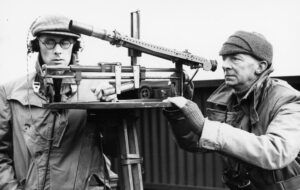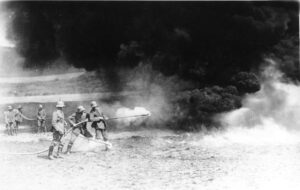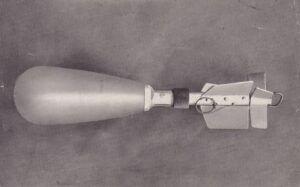What Is the Vickers Machine Gun and Who Designed and Produced It?
The Vickers machine gun is a medium machine gun that originated in the United Kingdom. It was designed by Hiram Maxim in the late 19th century and manufactured by Vickers Limited. The Vickers machine gun is a water-cooled, belt-fed weapon known for its reliability and durability.
Armament Specifications
- Caliber: .303 British (7.7 mm)
- Type: Water-cooled, belt-fed machine gun
- Weight: Approximately 15.5 kg (34 lb) (gun body only)
- Length: 1,143 mm (45 in)
- Barrel Length: 723 mm (28.5 in)
- Rate of Fire: Approximately 450-500 rounds per minute
- Muzzle Velocity: Approximately 744 m/s (2,441 ft/s)
- Effective Range: Up to 1,830 meters (6,000 ft)
- Feed System: Fabric belt, typically using 250-round belts
- Operating Principle: Recoil operated, fully-automatic
Aircraft That Used This Gun
The Vickers machine gun was adapted for aircraft use during World War I and continued to be employed in aircraft during World War II. Some notable aircraft that used the Vickers machine gun include:
Sopwith Camel: The Sopwith Camel, a famous British fighter aircraft of World War I, was one of the first aircraft to be equipped with the Vickers machine gun. It was mounted in the fuselage and synchronized to fire through the propeller arc.
Avro Lancaster: The Avro Lancaster, a heavy bomber used by the Royal Air Force (RAF) during World War II, was equipped with defensive armament that included the Vickers K machine gun. It was mounted in various positions throughout the aircraft to provide protection against enemy fighters.
Vickers Wellington: The Vickers Wellington, a British medium bomber, also utilized the Vickers K machine gun for defensive purposes. It was typically mounted in dorsal and tail turrets to defend against enemy aircraft.
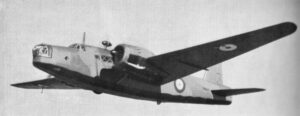
Vickers Wellington
The Vickers Wellington was a British twin-engined, long-range bomber designed during the mid-1930s at Brooklands in Weybridge, Surrey.
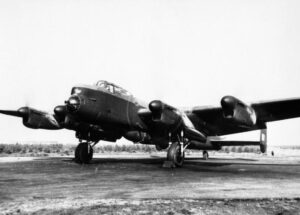
Avro Lancaster
The Avro Lancaster is a WW2 heavy bomber aircraft manufactured in the United Kingdom and was used by the RAF during wartime.
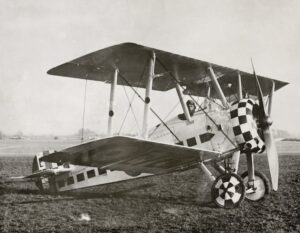
Sopwith Camel
The Sopwith Camel is a British WW1 single-seat biplane fighter that was used in the Western Front in 1917.
A Short History of the Vickers Machine Gun
The Vickers machine gun was first introduced into British military service in 1912, replacing earlier models such as the Maxim gun. It quickly became a mainstay of British and Commonwealth armed forces during World War I, seeing extensive use on the Western Front and in other theaters of the conflict. Its reputation for reliability and accuracy earned it the respect of soldiers on both sides of the war.
During World War II, the Vickers machine gun continued to serve with distinction, although it was gradually phased out in favor of newer designs such as the Bren gun and the Browning M1919. Despite this, the Vickers remained in service in various roles, including ground-based infantry support and anti-aircraft defense.


